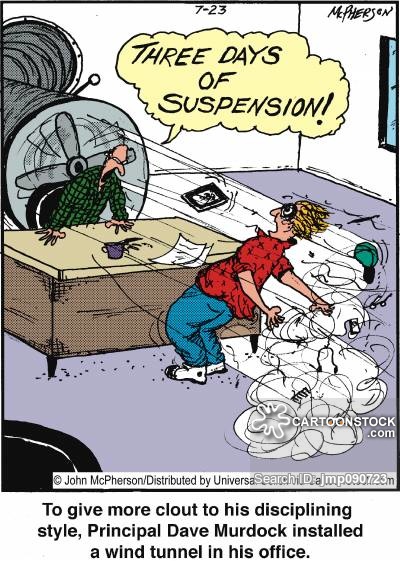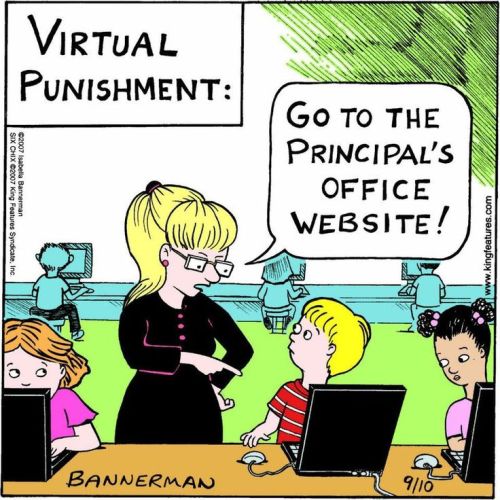Are Your Students Watching History?
One of the more intriguing aspects of Wednesday’s fascinating, glued-to-the-tube Congressional train wreck was the backchannel Twitter conversation among teachers. Specifically: How do we talk to our students about this? Are we watching this with our seniors in government class? It’s history in the making, all right. How do teachers deal?
If you’ve taught as long as I have, you (and your students) have witnessed several crises happening in the world, including politically and socially sensitive events. Anyone who thinks that a teacher can avoid talking about a public tragedy, a politically contentious election outcome or the death of an iconic American is a fool. School is where kids collect, every day. School is where they talk about stuff. Adults can’t and shouldn’t suppress this, but they can provide context.
Even small children talk about big events, often confusing fact and fiction. When Pope John Paul died, in 2005, I was teaching younger children. The funeral took up a lot of time on mainstream TV, and my littles talked about it endlessly. I eventually figured out that some of them didn’t know who the Pope was, why he was important. A couple of my students thought he was ‘old fashioned Santa Claus’ (St. Nicholas) because of his red robes and tall hat. They were bereft.
That’s kind of sweet and chuckle-y. But the morning Kurt Cobain died, there was genuine grief among some of my 8th graders. A mixture of emotions, in fact—confusion, fear, horror and faux detachment. The wanted to present as chill and aloof, but the idea of someone so tuned into their self-image taking his own life was CONTINUE READING: Are Your Students Watching History? | Teacher in a strange land






























